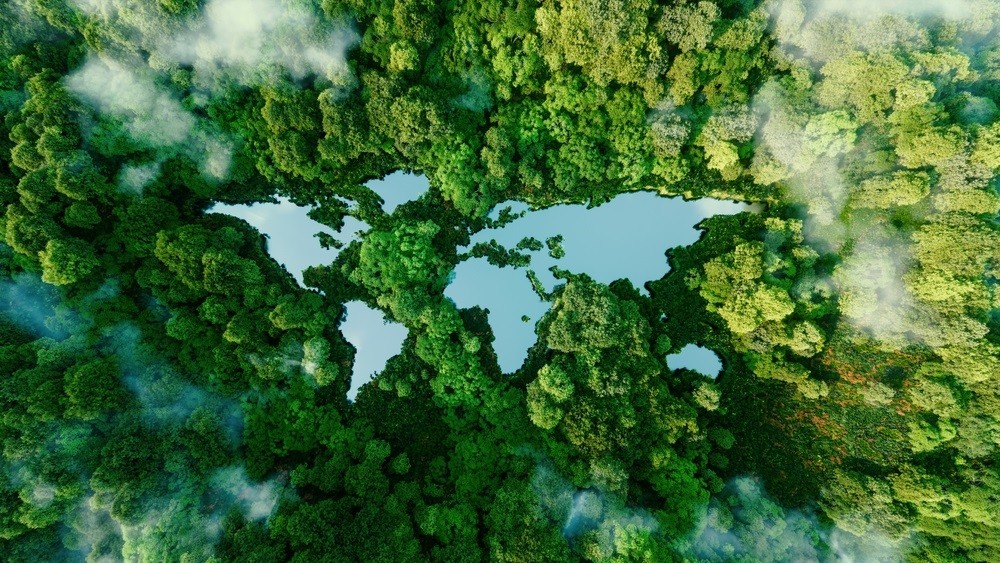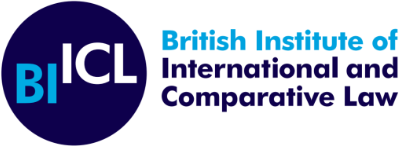
2. Procedures and Evidence
A. Actors Involved
7. POTENTIAL FUTURE APPLICATIONS
The involvement of affected individuals and NGOs acting on behalf of affected persons will keep giving impetus for bringing climate and environmental claims before the courts. Most common claimants such as youth groups, Indigenous peoples, and shareholders, NGOs have a stronghold in driving such cases. This can be seen in all 17 focus countries. However, the development of new claimants due to flexible rules in standing, as seen in the Philippines, Kenya, Australia, and Canada, suggests a potential for expanding the claimant base, leading to increased litigation against corporations. The trends of litigation based on greenwashing, misleading advertisements, and holding companies accountable for non-compliance have increased the trend of such cases in Italy, Norway, France, Germany, Poland, the Philippines, India, the United Kingdom, and the United States.
Additionally, the active role of third-party intervenors, both in direct legal proceedings and through regulatory channels (albeit limited), has been observed in Australia, France, Canada, the United States, Nigeria, the United Kingdom, India, Brazil, the Netherlands, Italy, France, Poland, Germany, and Norway. This can diversify legal actions and support broader environmental and public interests. The notable involvement of international bodies and NGOs in countries like Germany, Italy, the Netherlands, Australia, the Philippines, and France reflects the global implications of domestic case law and the potential for transnational influence. Finally, shifts in laws and policies, as seen in countries like China, Australia, and the U.S., can create new opportunities for climate litigation toward holding a broader range of actors accountable.
